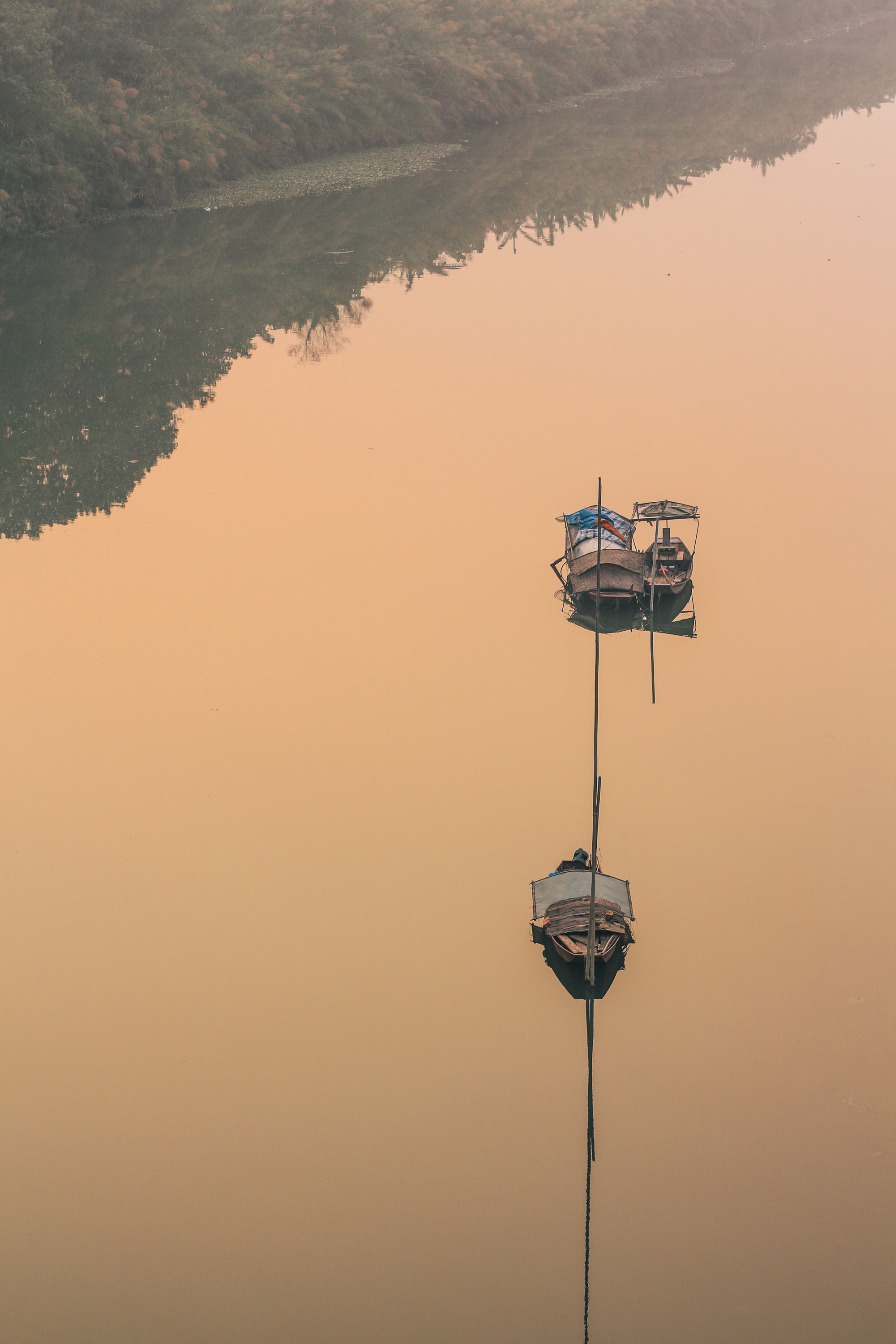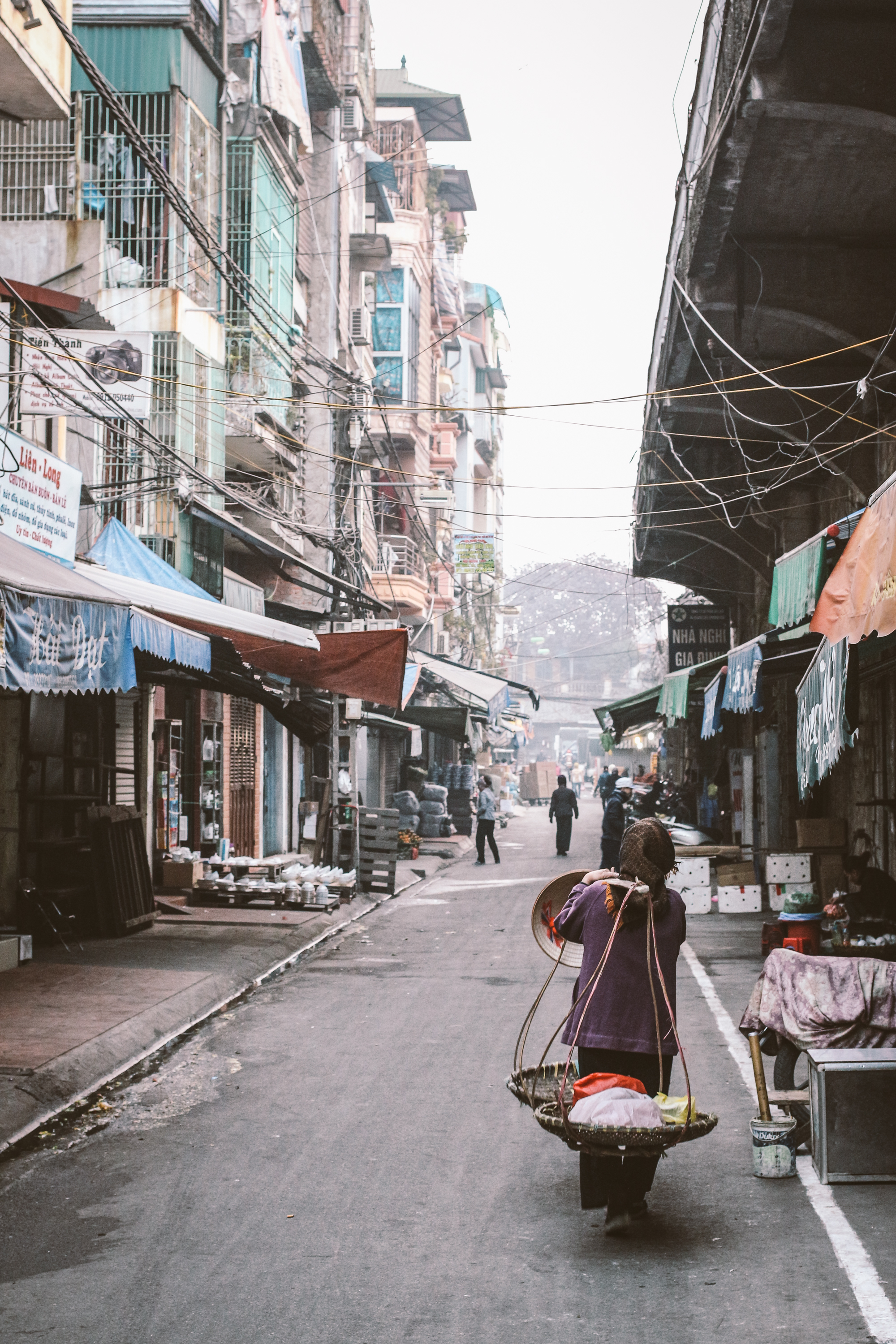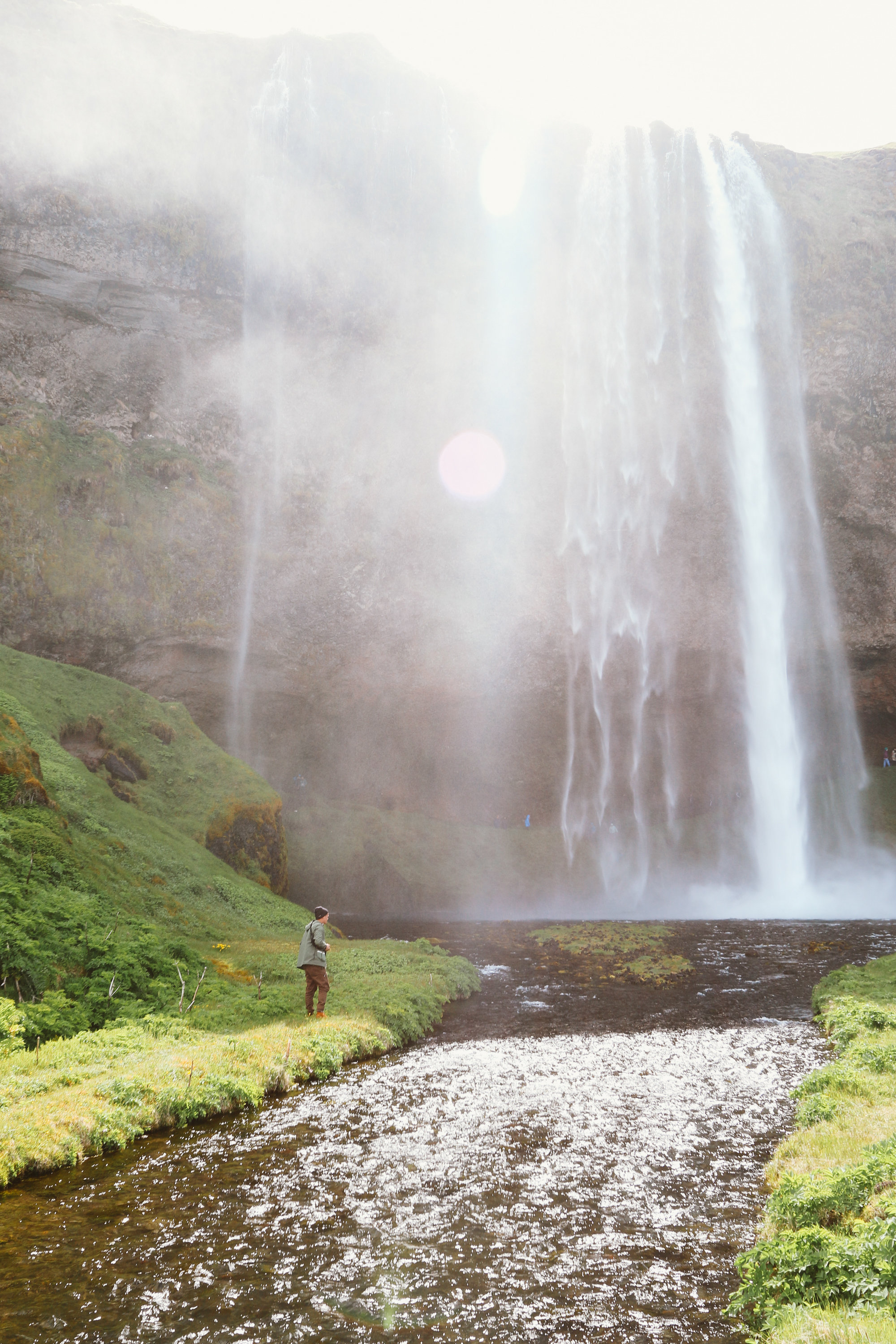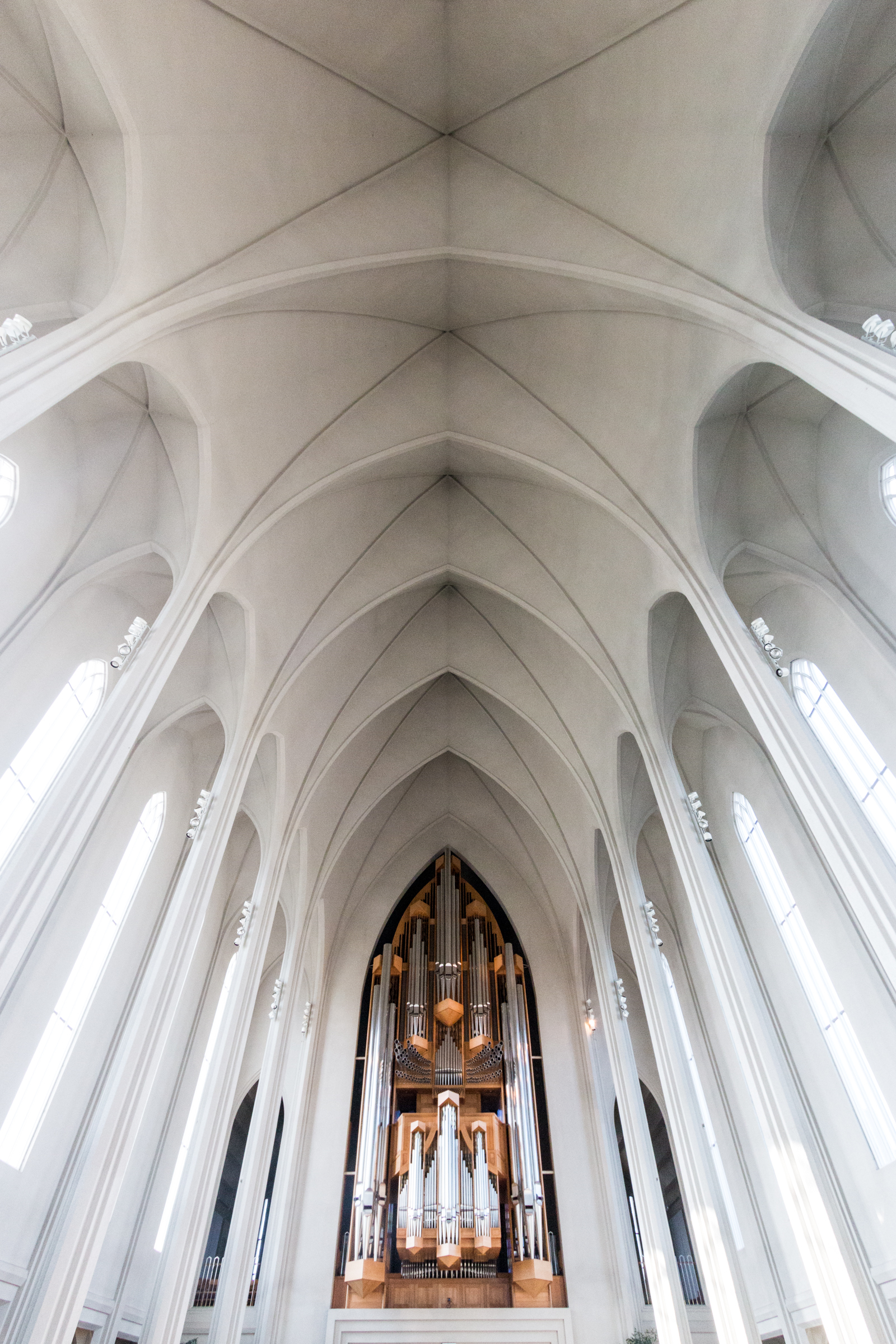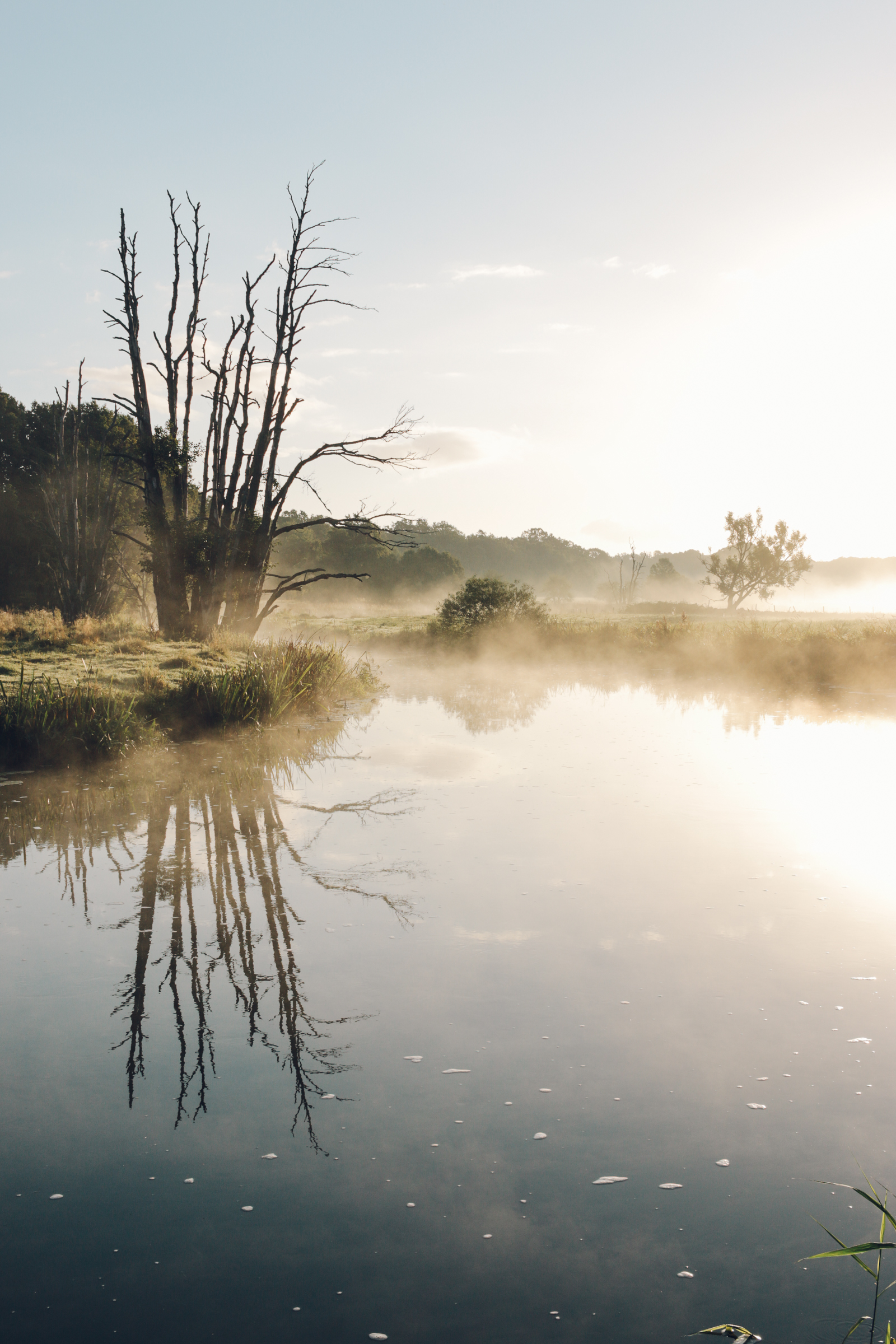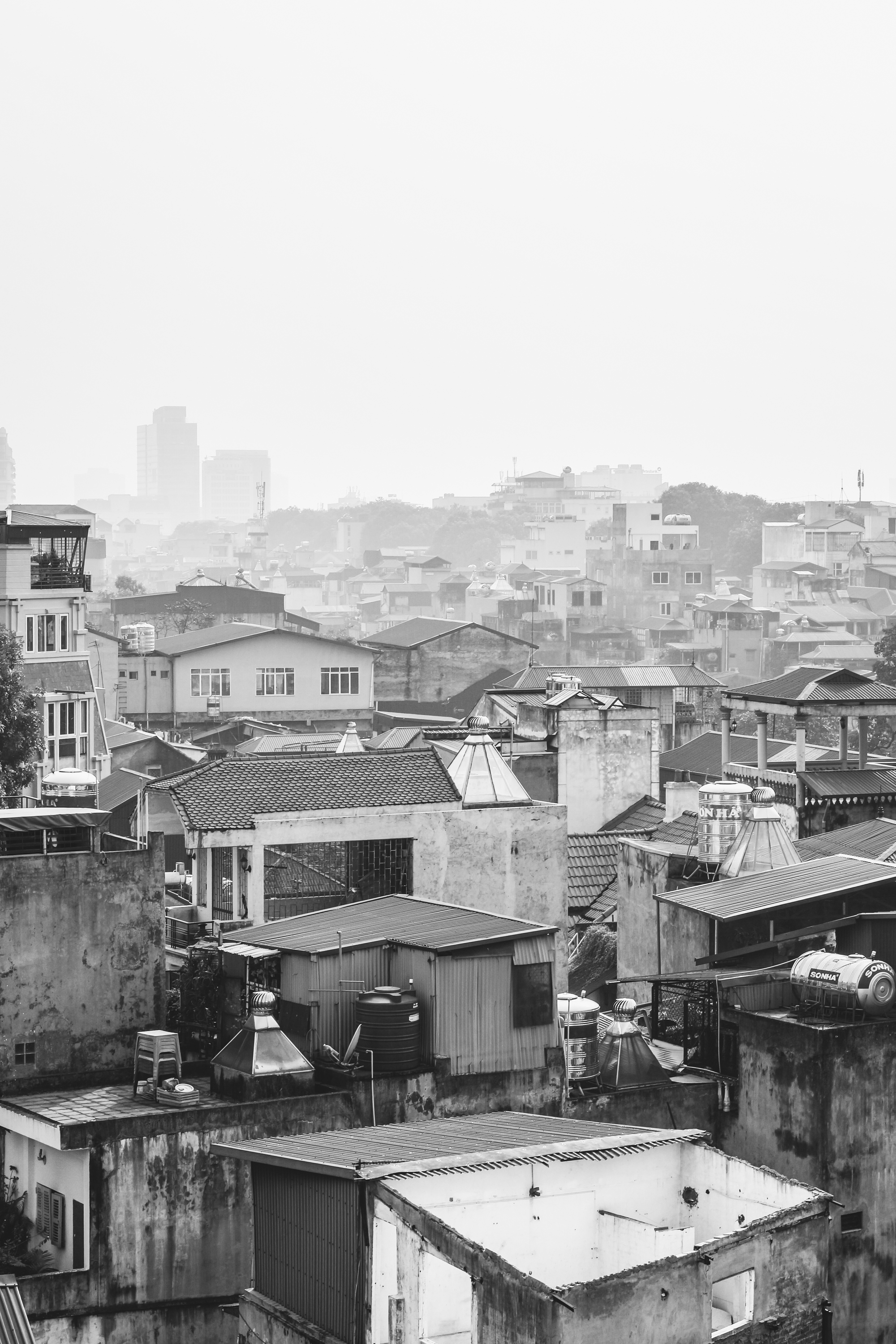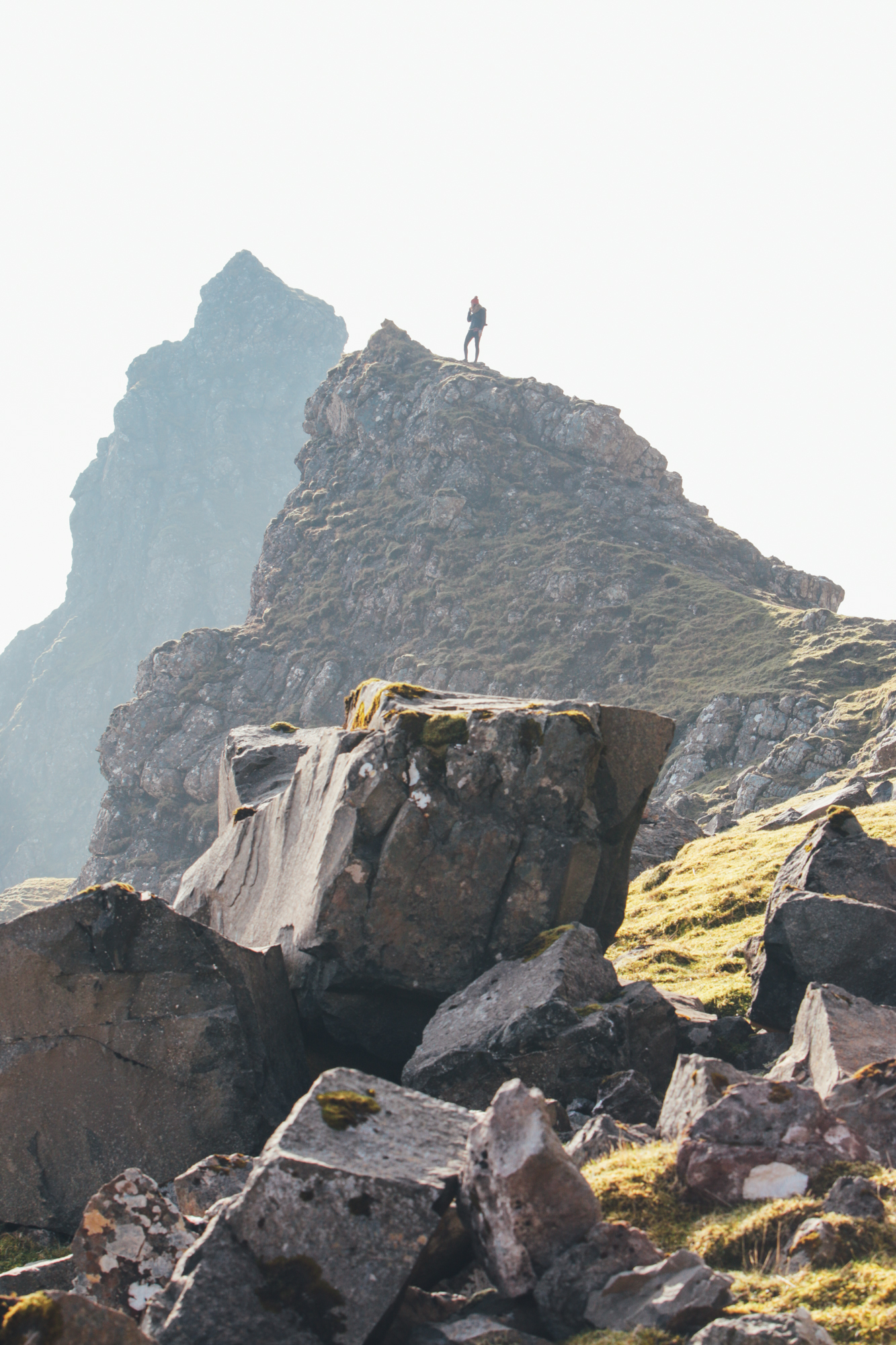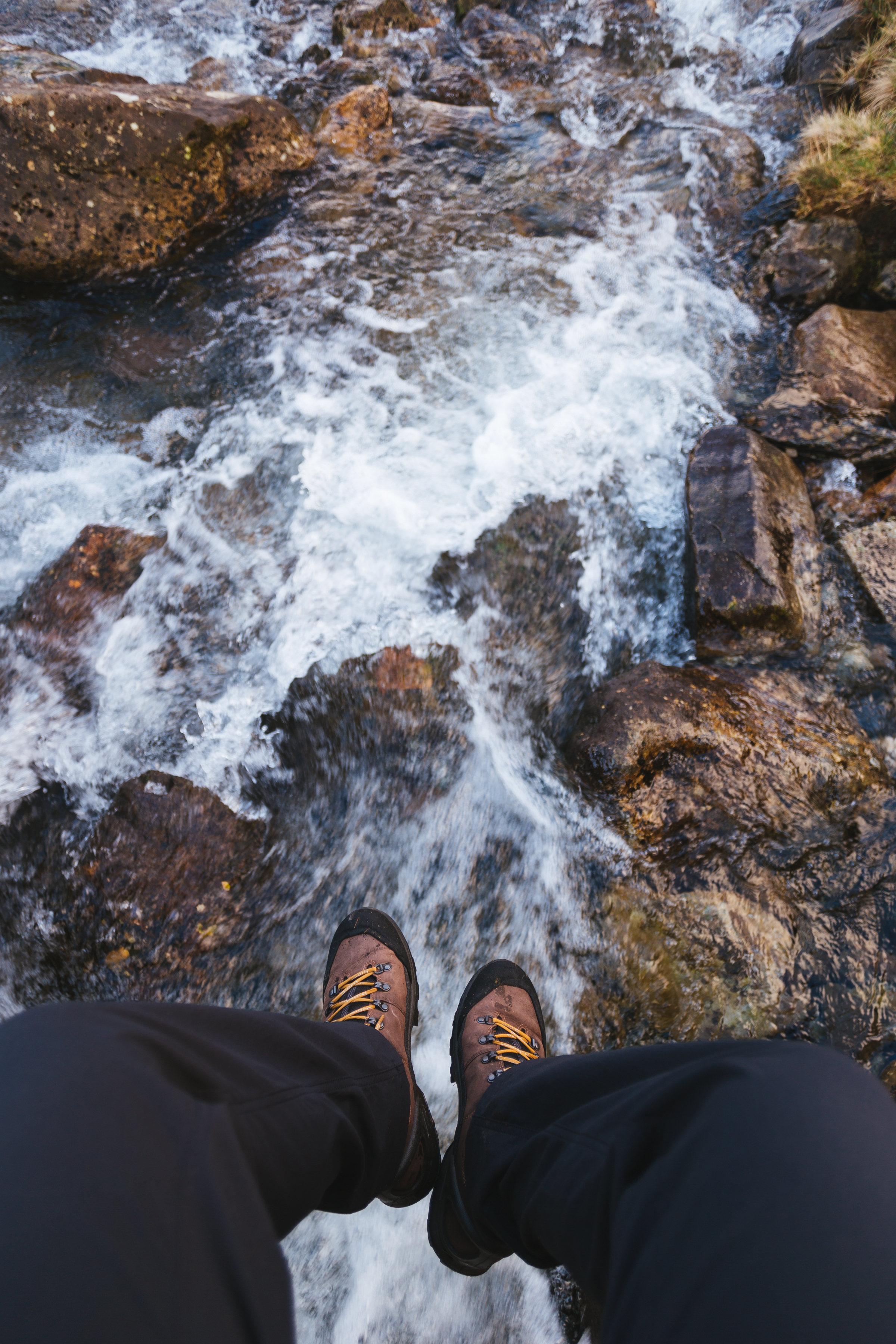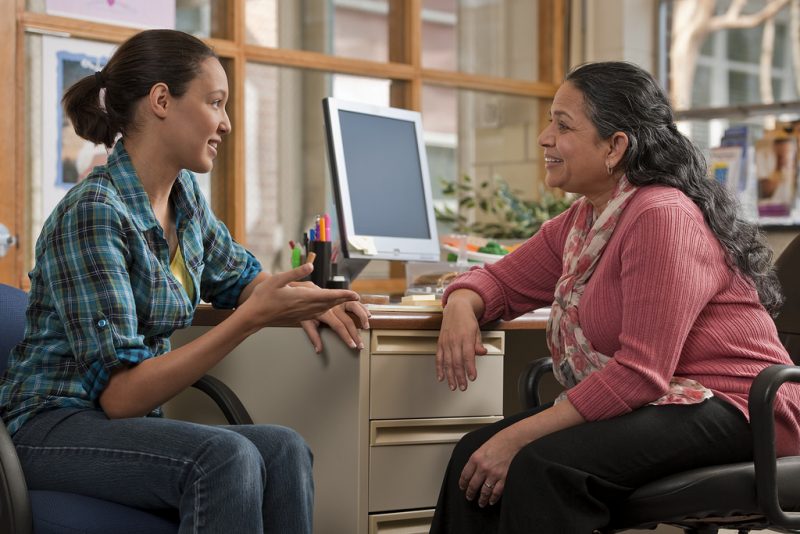Sometimes, you can look at a photo that has captured a specific moment in time that makes you stop gaze on adoringly. Hanni Gharib is one of those photographers that keeps the magic of photography alive with 213 thousand followers on Instagram. A civil engineer from Denmark by trade, Hanni started taking photos in his teens and has now developed his craft with an emphasis on light and shadows. Seeing a photographer’s vision materialize one can appreciate his landscape photography, portraits and nature photography as he shares a moment with the viewer that is “always a manifestation of the creator’s vision, translated into a medium that is tangible for everyone.” In conversation with Hanni we gleaned an insight into his personal shooting style, his portfolio and his Instagram journey. Below are highlights of our conversation.
Hanni, tell us a little bit about yourself:
H.G.: Well, I’m 35, born and raised in Denmark and I’ve been living in the capital Copenhagen for the last 12 years. I’m actually a civil engineer by profession, and love having photography on the side.
Traveling has always been a huge part of my life, a defining part of it even. If I had one piece of advice to someone young, it would be: “Spend every penny you have traveling to new places, talk to as many people on your travels as you can and don’t be afraid to try new and strange things.”
How did you decide (or not decide) to become a photographer?
H.G.: From a very young age, I’ve always been interested in technology and gadgets, so I guess finding an interest in cameras was inevitable.
I’ve been taking pictures from about the age of 15, first shooting with disposables and film cameras, until I got my first SLR in the late 90’s, an Olympus IS-200. Playing around with apertures, shutter speeds and ISO on that camera really opened my eyes to the potential in photography.
As for Instagram, I downloaded the app back in the early days, created an account, posted a few pictures, but didn’t really know what to use the app for, like so many others back then. That obviously changed.
Improving is a never-ending state – and fortunately there is no deadline.
Do you have any training in photography or are you completely self-taught?
H.G.: I’ve had no formal or informal training, but when I do have the time, I spend a considerable amount of it reading about photography and finding inspiration (on Instagram obviously, but also elsewhere online, at exhibitions, etc.).
You have traveled all over the world, from Berlin to Pula to Vietnam to Iceland. When you leave for a new place, what essential things do you bring with you?
H.G.: The obvious items are cameras (digital and film), extra batteries and plenty of memory cards.
I always create a playlist or two for each trip to set the mood and I bring my noise-canceling headphones so I can listen comfortably on the flight.
Also, I love the goods that This Is Ground make – it’s great to have everything stylishly organized when I’m on the go: passport, credit cards, headphones, cables, etc.
And last but not least: good footwear. The best photos are often those that require a bit of walking, standing or waiting.
Spend every penny you have traveling to new places, talk to as many people on your travels as you can and don’t be afraid to try new and strange things.
What skills are you the most interested in improving upon or learning?
H.G.: There are so many disciplines I want to work with.
I want to improve the exposure in my photographs.
I want to start taking more portraits and tell the story behind the people in them.
I want to do more street photography, capturing moments and situations.
Improving is a never-ending state – and fortunately there is no deadline.
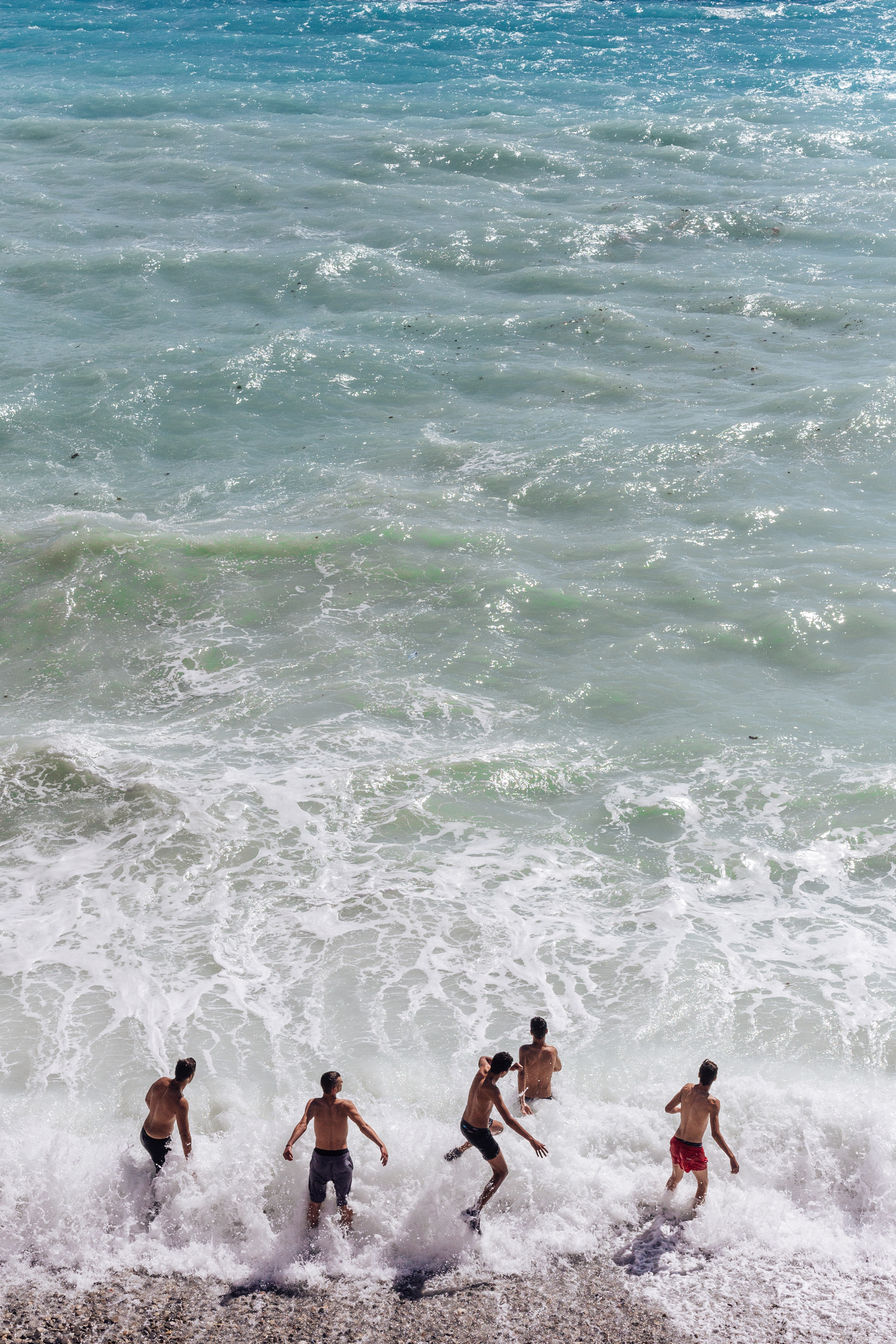
How can a photographer get better at their craft?
H.G.: You’ve heard it before, but practice, practice, practice.
No one ever became a master of photography by taking 10 shots. Or 100. Or 1,000.
It’s that constant process of shooting, evaluating, correcting and shooting again, that makes you evolve.
Other than that, it’s important that everyone who takes photos, seeks inspiration and tries to break down what it is in a photo that makes it special.
Related articles: “CAPTURED’ BY VARUN THOTA“
“AMBROISE TÉZENAS ON THE EVOLUTION OF PHOTOGRAPHY IN THE DIGITAL AGE“
How would you answer the question: What is the point of photography?
H.G.: I would say that “sharing” is the point of photography.
Sharing a moment. Sharing a mood.
Sharing them with your audience, allowing them to see a situation through your eyes.
I guess the same goes for other art forms, handicraft, etc. – it’s always a manifestation of the creator’s vision, translated into a medium that is tangible for everyone.
Your portfolio includes a variety of content, including architecture, nature, and urbanscapes. Why did you decide to photograph these subjects? To you, what do they have in common?
H.G.: They have nothing in common, which is why I choose to share each of them.
Some of my favorite photographers on Instagram are very versatile which I’ve always appreciated. It’s refreshing seeing urbanscapes, nature, portraits, products and architecture from the same person.
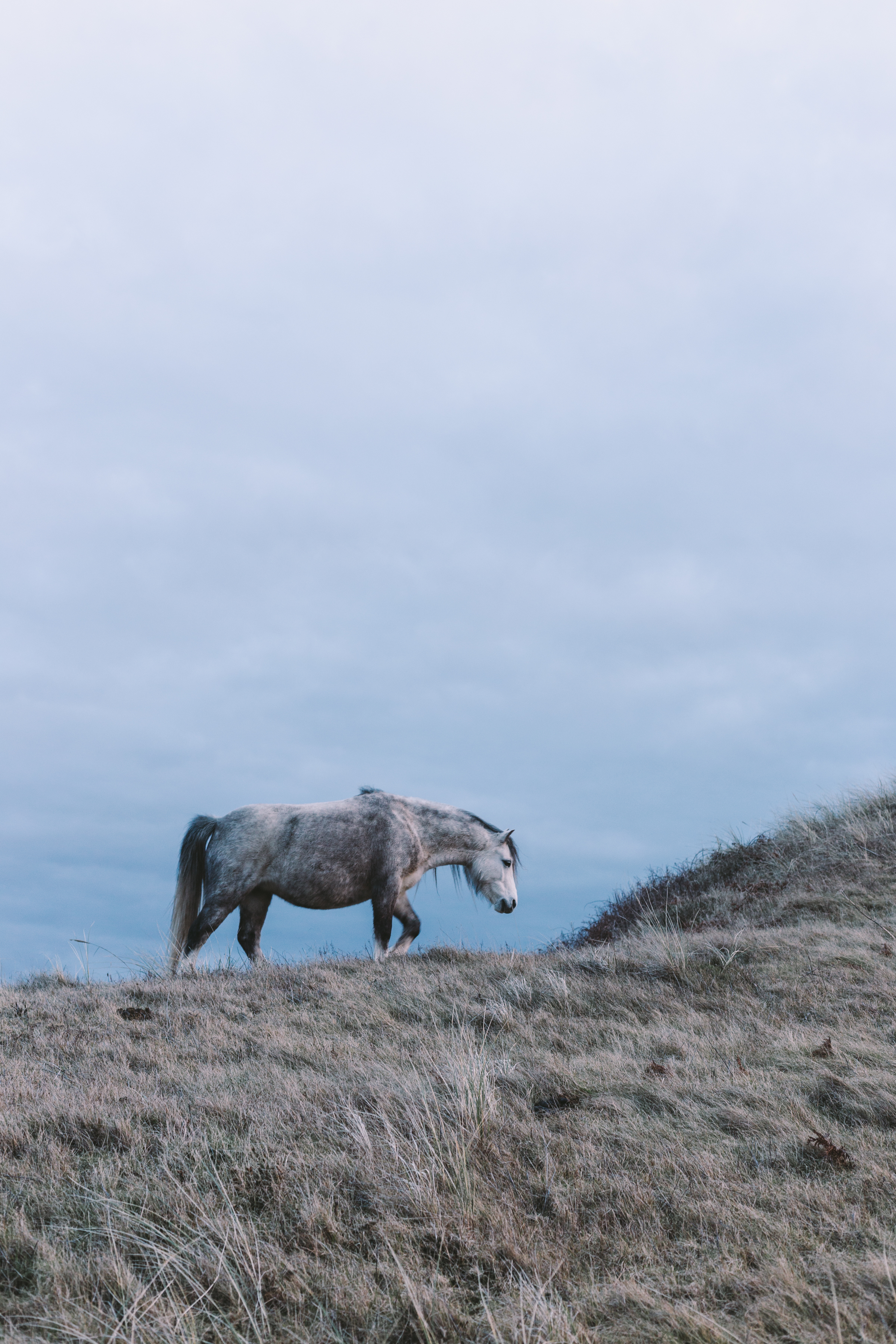
What was your journey like with Instagram?
H.G.: It has been a creative one for sure.
From the early days of playing around with (heavy) filters, typography and graphic design to the more subtle but focused edits in the more recent times, Instagram has always been my playground for creativity. Back then, sharing images on a regular basis and getting feedback in real-time was totally new for me. And being able to easily connect with a like-minded community around the globe was nothing less than an amazing feature of this app. So I was hooked pretty quickly and my dogma was to always stick to using the iPhone only and see how much creativity I could squeeze out of it. That way, I could have more focus on taking the actual pictures rather than on equipment, settings, etc. back then.
I’m far from done with improving my skills, but taking and sharing photos on such a regular basis definitely has evolved my eye for photography. I’m more focused on what and how I shoot and try to push myself to try new things.
But more importantly, I’m incredibly grateful for the many experiences, memories and friendships I’ve gained over the last five years.
No one ever became a master of photography by taking 10 shots. Or 100. Or 1,000.
Do you shoot all of your Instagram photos with your phone? If you could have any other photography gear, what would you choose?
H.G.: Up until 2015, I only posted iPhone images on my profile yes, but since then I’ve been posting shots taken with my DSLR as well.
However, handling several digital cameras/devices when I’m out shooting, got old quite fast, so I stick to my DSLR (currently a Canon 6D).
That being said, my iPhone 6S is on me 99% of the time, so I do still post iPhone images from time to time.
Often, I like to bring along one of my analog cameras too.
It’s always fun to see how the different films behave in terms of colour, grain, etc. and compare them to their emulated counterparts in VSCO Film.
Currently, I’m using a Canon AE-1 Program and an all-black Olympus OM10.
If I could choose any other photography gear, I would probably go for the Canon EF 24-70mm f/2.8 L II as I need a high-quality zoom lens for those situations where changing lenses and/or carrying around several lenses isn’t practical.
For a full mindmap behind this article with articles, videos, and documents see #photography
How would you describe your style as an Instagram photographer/artist? Are there any photo filters, effects, or tools that you like to use?
H.G.: I post the occasional black and white photo, but I do see the world in colour, which is definitely reflected in my feed. I tend to prefer slightly muted colours, and faded shadows which is why I have been enjoying using VSCO for some years now.
To see more of Hanni’s work and adventures you can find him on Instagram and his portfolio website.
Recommended reading: “LANDSCAPE PHOTOGRAPHY: A PLAY OF PATIENCE“
—


